Luma AI vs. RunwayML: Best AI Tool for 3D Modeling & Video Editing in 2025
Luma AI vs. RunwayML are two powerful AI tools, but they serve different purposes. Luma AI specializes in creating realistic 3D models using cutting-edge technology like NeRF (Neural Radiance Fields). It’s perfect for industries like gaming, AR/VR, and virtual production.
On the other hand, RunwayML focuses on AI video editing and content generation. It allows users to create and edit videos using AI-powered tools, making it great for social media creators, filmmakers, and content professionals.
Both tools offer unique features—Luma excels in 3D realism, while RunwayML shines with creative video effects.
1. Technology Focus: NeRF 3D Modeling vs. AI Video Editing
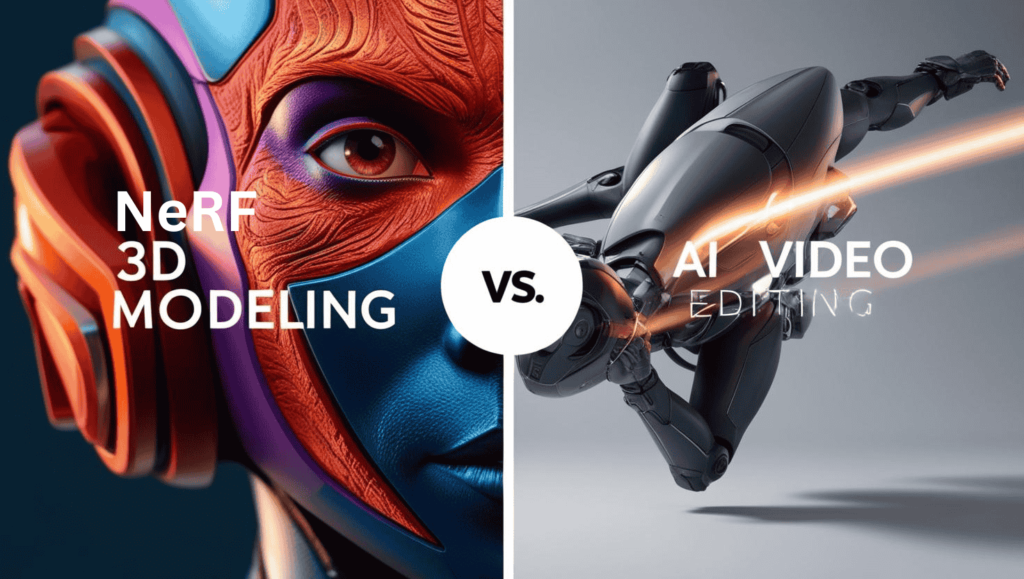
Luma AI excels in NeRF-based 3D modeling, utilizing AI technology to create photorealistic 3D environments from images and videos. This makes it ideal for industries such as augmented reality (AR), virtual reality (VR), gaming, and digital twins, where realistic 3D scenes are crucial. Luma’s 3D scene reconstruction is perfect for creating immersive virtual worlds or virtual replicas of physical assets, enabling applications like game development and architectural visualization.
In contrast, RunwayML specializes in AI-powered video creation. It provides tools for editing, generating, and manipulating videos with machine learning, making it ideal for filmmakers and content creators. RunwayML offers advanced features such as object replacement, real-time effects, and AI-driven video editing, perfect for producing cinematic content, social media videos, and dynamic promotional materials. While Luma is focused on 3D environments, RunwayML shines in video production and visual effects.
2. 3D vs. 2D Capabilities: Which AI is Best for Your Needs?
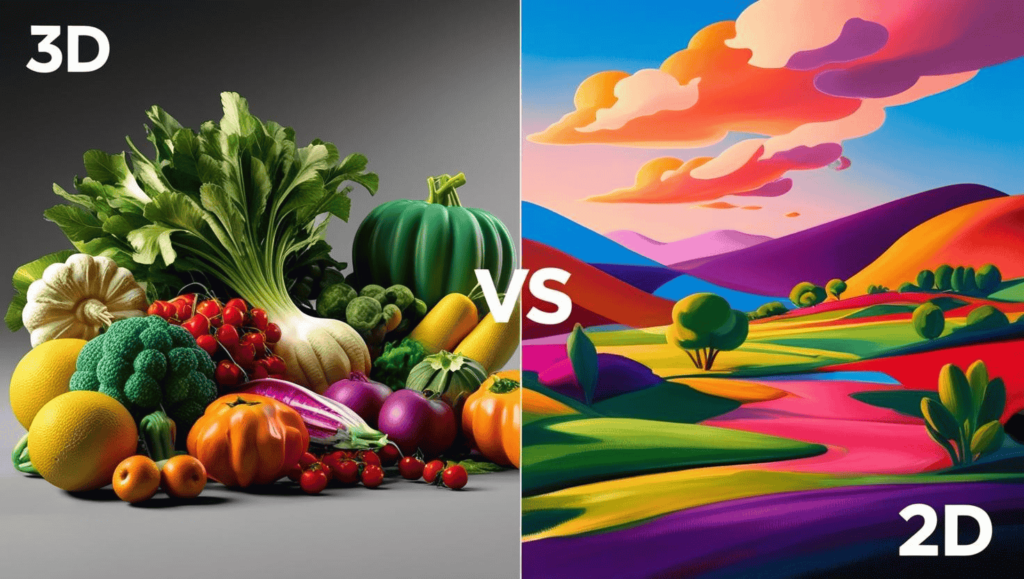
The biggest distinction between Luma AI and RunwayML lies in their core rendering capabilities. Luma AI is designed for highly detailed 3D scene reconstruction, making it the ideal choice for game developers, product designers, and VR content creators. It excels in creating photorealistic 3D environments, allowing users to build immersive virtual worlds and 3D models, which is crucial for industries that rely on realistic AR/VR and gaming experiences.
On the other hand, RunwayML focuses on 2D AI video generation, catering to video editors, digital artists, and marketing professionals. It enables users to create AI-generated videos easily, without needing any expertise in 3D modeling or rendering. With its advanced AI video editing tools, RunwayML helps content creators produce dynamic videos, apply real-time effects, and automate video editing tasks for social media and marketing campaigns.
Example:
Luma AI would be the preferred tool for creating realistic 3D product prototypes for e-commerce, while RunwayML would be better for generating AI-driven promotional videos for social media.
3. Text-to-Video AI: Generating Videos from Simple Prompts
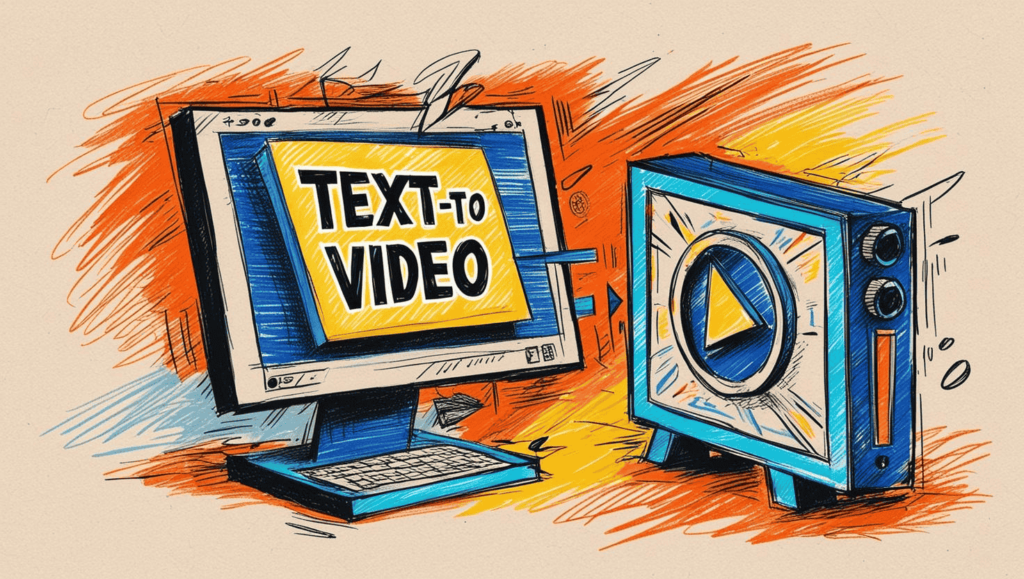
One of RunwayML’s most powerful features is its text-to-video AI, which enables users to generate video content simply by entering a text prompt. This feature is particularly valuable for social media content creators who need to quickly produce high-quality video clips for platforms like Instagram or TikTok. It’s also a game-changer for businesses and marketers who want to create AI-powered ad campaigns without the need to hire professional video editors. Additionally, filmmakers can use this feature to visualize cinematic sequences or storyboards using AI-generated video scenes, saving time and resources during the pre-production phase.
In contrast, Luma AI is not focused on text-to-video generation. Instead, it excels in creating 3D environments and scenes from real-world images. Luma’s strength lies in realistic 3D modeling, making it perfect for industries like gaming, virtual reality (VR), and augmented reality (AR), where high-quality 3D assets are essential. Whether for game development or digital twins, Luma AI focuses on building immersive, photorealistic 3D worlds rather than AI video creation from text.
Example:
A YouTuber could use RunwayML’s text-to-video feature to create AI-generated explainer videos, while a game developer might use Luma AI to construct realistic 3D game assets from drone footage.
4. Realism vs. Creativity: AI-Generated Content Quality
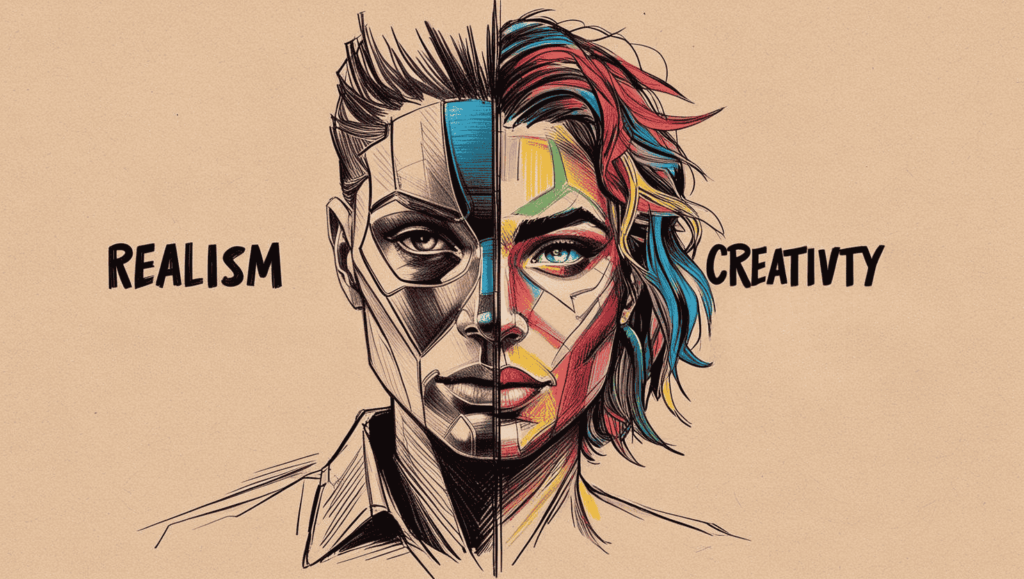
When comparing Luma AI vs. RunwayML, their approach to realism and creativity sets them apart in distinct ways. Luma AI prioritizes photorealism, ensuring that its 3D reconstructions accurately replicate real-world environments, textures, and lighting conditions. This makes Luma the ideal choice for projects that require realistic visual fidelity, such as virtual reality (VR), augmented reality (AR), and gaming, where precise detail is essential for immersion and user experience.
In contrast, RunwayML is designed with creativity in mind. It focuses on artistic expression, offering a wide range of stylized effects, cinematic enhancements, and AI-generated visuals. Instead of striving for hyper-realism, RunwayML enables content creators to tell stories through artistic visuals, making it perfect for projects where artistic storytelling is the focus, such as advertisements, music videos, and short films. Whether through dramatic lighting, dynamic animations, or unique visual effects, RunwayML allows for greater creative flexibility in video content.
Example:
Luma AI would be best suited for an architect creating accurate 3D renderings of a new building, while RunwayML would be ideal for an influencer making stylized AI-enhanced videos for TikTok or Instagram.
5. AI Motion Tracking: 3D Object Tracking vs. 2D Motion Synthesis
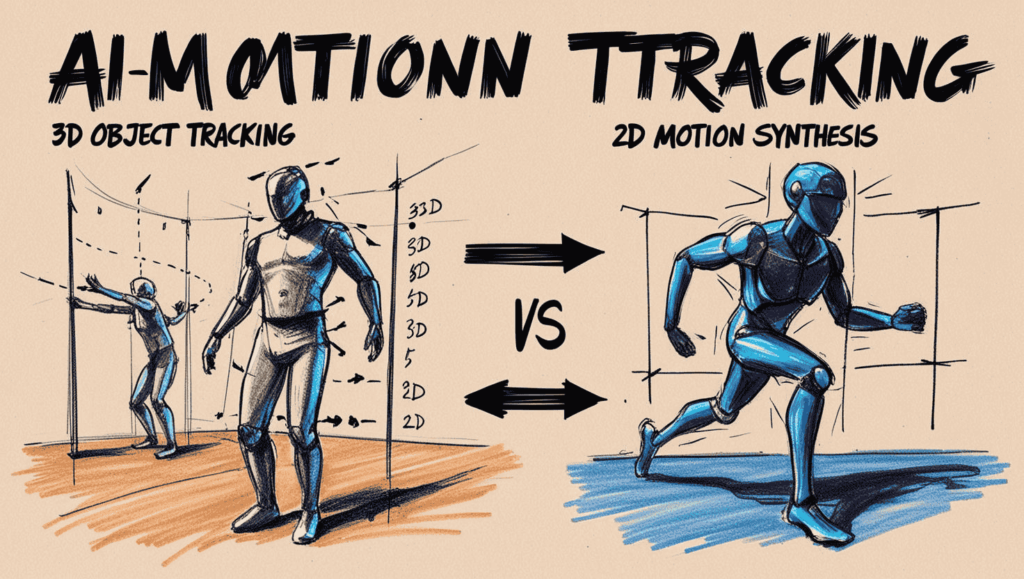
Motion tracking is a key feature for animators, game developers, and video editors, enabling seamless integration of digital elements into real-world or virtual scenes. Both Luma AI and RunwayML leverage AI-powered motion tracking, but they take fundamentally different approaches based on their core functionalities.
Luma AI specializes in 3D motion tracking, making it ideal for realistic character animation, object tracking, and augmented reality (AR)/virtual reality (VR) applications. It accurately maps movements in a 3D space, allowing developers to create lifelike animations that respond naturally to environmental factors. This makes it particularly useful in gaming, film production, and simulation-based applications where high-precision tracking is required.
On the other hand, RunwayML applies AI-based 2D motion synthesis, focusing on cinematic movements, dynamic transitions, and motion effects in video editing. It automates camera movements, smoothens transitions, and adds AI-driven motion effects, making it an excellent tool for filmmakers, social media creators, and marketing professionals who need engaging, visually dynamic videos without complex manual animation.
Example:
A game studio developing a VR experience might use Luma AI’s motion capture technology to animate 3D characters, while a filmmaker would benefit from RunwayML’s AI-enhanced motion effects for post-production.
6. VFX & Editing Tools: AI Video Enhancements
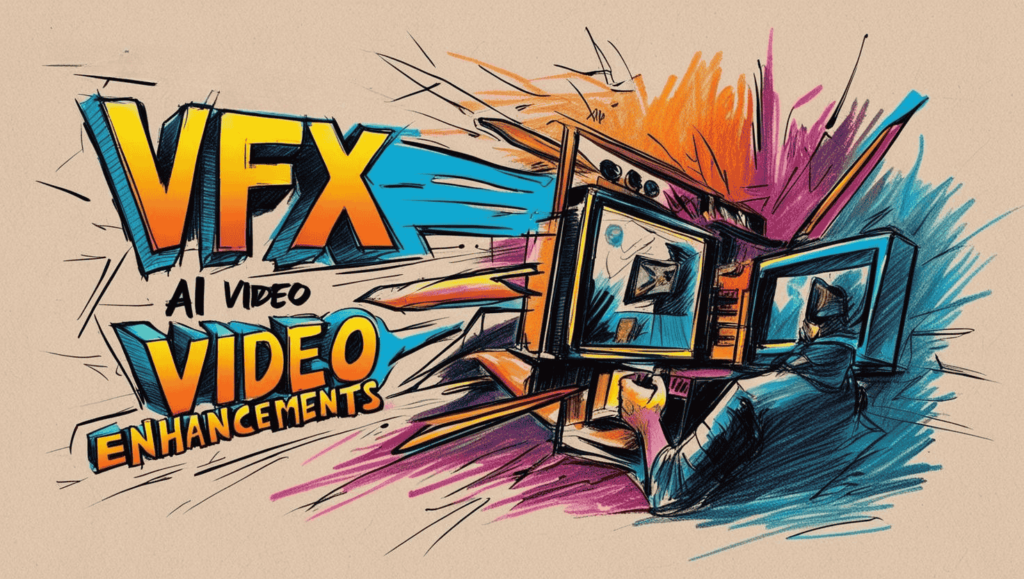
RunwayML offers a powerful suite of AI-powered video editing tools, making it an excellent choice for filmmakers, content creators, and marketers looking to enhance their videos with minimal effort. Some of its standout features include:
✔️ AI Background Removal – Enables seamless green screen effects without needing a physical green screen, perfect for social media videos, virtual productions, and live streaming.
✔️ Object Replacement – Allows users to swap out elements in a scene with AI-generated assets, making it easy to create dynamic and engaging video compositions.
✔️ Inpainting Technology – Removes unwanted objects from videos with AI, ensuring cleaner footage and smoother post-production editing.
In contrast, Luma AI does not focus on video editing but specializes in high-quality 3D model generation. Instead of AI-based video manipulation, Luma AI excels in creating detailed 3D assets that can be used in VFX-heavy projects for gaming, films, and virtual productions. Its ability to reconstruct photorealistic 3D environments makes it an invaluable tool for industries requiring precise 3D visualization, rather than real-time video editing enhancements.
Example:
RunwayML would be useful for a YouTuber editing a vlog, while Luma AI would be perfect for a game designer developing realistic 3D game assets.
7. User Experience & Accessibility: Which AI Tool is Easier to Use?
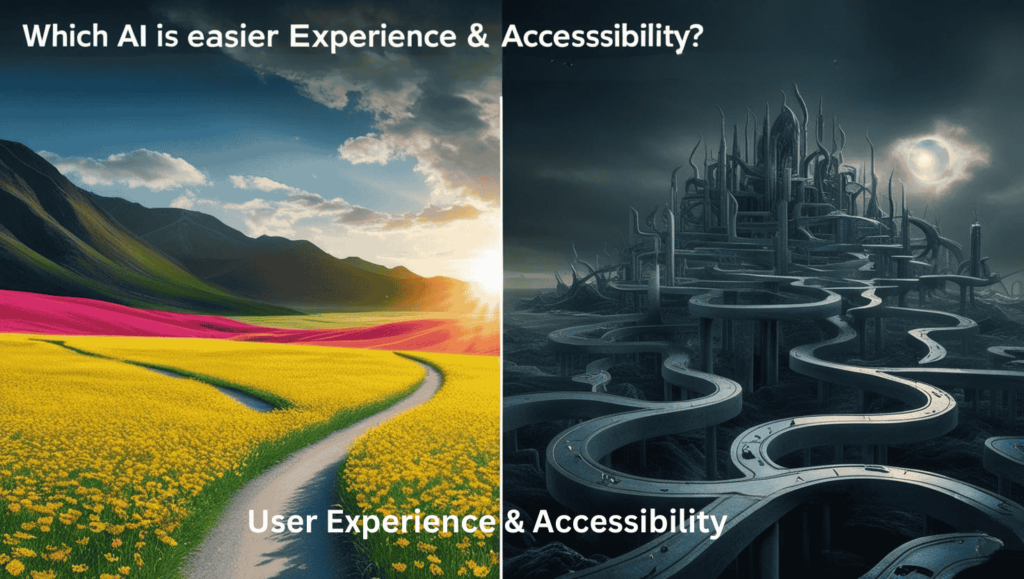
For beginners and casual users, RunwayML provides an intuitive, web-based editor that simplifies AI-powered video editing. With its drag-and-drop interface and automated tools, users can easily apply AI effects, background removal, and cinematic transitions without requiring advanced technical knowledge. This makes RunwayML a great choice for social media creators, marketers, and video enthusiasts who want to enhance their content effortlessly.
In contrast, Luma AI is geared toward professionals who have experience in 3D modeling and asset manipulation. It requires more expertise in handling 3D environments, lighting, and textures, making it better suited for 3D artists, game developers, and AR/VR designers. While it offers industry-leading photorealistic 3D reconstruction, it may have a steeper learning curve for users who are unfamiliar with 3D content creation.
Example:
RunwayML is best suited for a content creator making AI-enhanced social media videos, while Luma AI is ideal for a professional VFX artist designing hyper-realistic 3D models for a Hollywood film.
Final Thoughts: Which AI Tool is Right for You?
✅ Choose Luma AI if you need realistic 3D model generation, motion tracking, and VR/AR asset creation.
✅ Choose RunwayML if you need AI-powered video editing, text-to-video AI, and cinematic effects for content creation.